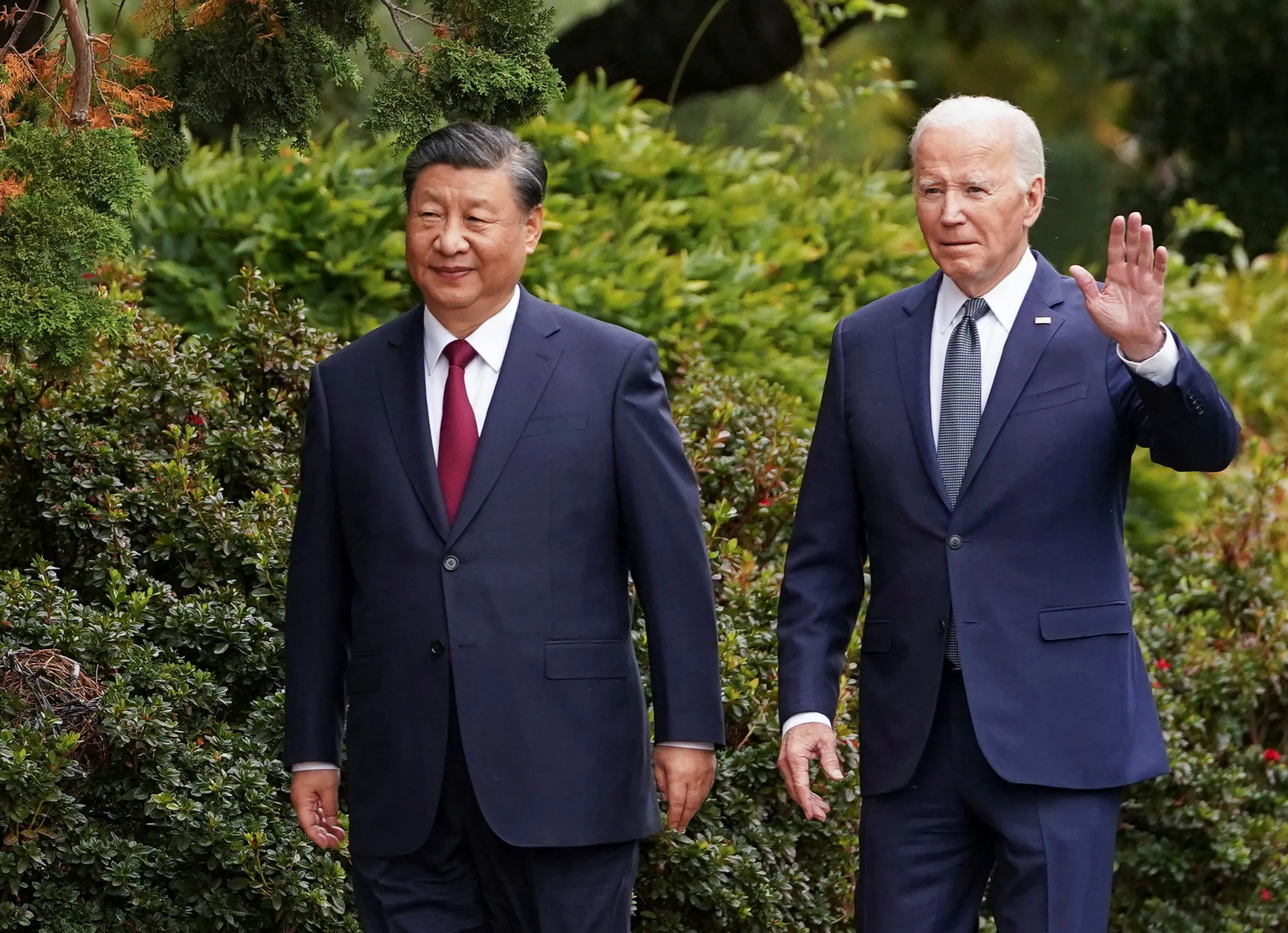Introduction:
US-China tech war has entered a critical phase with China’s decision to ban on US microprocessors such as Intel and AMD from Govt. Systems. This might potentially put $74 billion in American tech revenue at risk. This shift underscores China’s pursuit of technological independence and its efforts to bolster national security through the development of domestic alternatives.
In this blog post, we delve deeper into the implications of China’s homegrown revolution for US tech firms. We analyze the challenges they face in adapting to this new landscape, and explore strategies for navigating the evolving geopolitical and economic dynamics.
Follow us on Linkedin for everything around Semiconductors & AI
Background of Intel AMD Processor Ban:
China is reportedly pushing government institutions to switch from US tech giants like Intel, AMD, and Microsoft to domestic alternatives. This could hurt American companies financially.
Estimates suggest US firms could lose up to $74 billion in revenue, if China successfully transitions away from their products.
This is part of a larger tech war between the US and China. Both countries are vying for dominance in areas like artificial intelligence, semiconductors, and software.
The updated policy additionally includes measures to “marginalize” Microsoft’s Windows OS and foreign-produced database software in favor of domestic alternatives.
“Safe and Reliable” processors: Ban of Intel AMD
According to FT, the recent measures were quietly introduced by the Finance Ministry and Ministry of Industry and Information Technology on December 26 of the previous year. Chinese authorities have gradually begun implementing the new regulations regarding PC, laptop, and server procurement this year with minimal attention.
In December 2023, China released its first-ever list of “safe and reliable” processors and operating systems developed by Chinese companies.
This list included 18 approved processors, including chips from Huawei and the state-backed group Phytium, both of which are blacklisted by Washington.
The report noted that Chinese processor manufacturers are utilizing a blend of chip architectures. This includes Intel’s x86, Arm, and indigenous designs, while operating systems are based on open-source Linux software.
Beijing’s procurement reforms are part of a national strategy called XinChuang. This is aimed at achieving technological self-reliance in the military, government, and state sectors.
State-owned Enterprises (SOEs) have been directed by the State-owned Assets Supervision and Administration Commission to switch to domestic technology providers by 2027. Since last year, they have been mandated to submit quarterly reports on their IT system modernization progress with limited allowance for foreign technology.
Financial Implications:
The shift towards domestically produced hardware driven by the state will negatively impact US companies in China. This includes major PC processor manufacturers like Intel and AMD. In the previous year, China accounted for a significant portion of Intel’s sales, representing 27 percent of its $54 billion in revenue, and 15 percent of AMD’s $23 billion in sales.
“Allowing the industry to have continued access to the China market, the world’s largest commercial market for commodity semiconductors, is important to avoid undermining the positive impact of (the Chips and Science Act),”
~Semiconductor Industry Association (SIA)
Although Microsoft did not specify its sales figures for China, President Brad Smith informed the US Congress last year that the country contributed approximately 1.5 percent of its total revenues. Both Microsoft and Intel declined to provide further comment on the matter.
“Since July, Nvidia, Intel, and Qualcomm, three of the world’s largest chip makers, have pressed their case that cracking down on China would have unintended consequences.
~NewYork Times
Read More: 80% Home Tools by 2024: “Father of China’s Chip Equipment” Leads Domestic Blitz – techovedas
Conclusion:
The $74 billion at risk underscores the urgency for US tech firms to adapt to China’s homegrown revolution. By embracing innovation, diversification, and strategic partnerships, companies can mitigate risks and capitalize on emerging opportunities in the world’s largest market.
However, achieving sustained success will require resilience, foresight, and a willingness to navigate geopolitical complexities with agility and adaptability.



